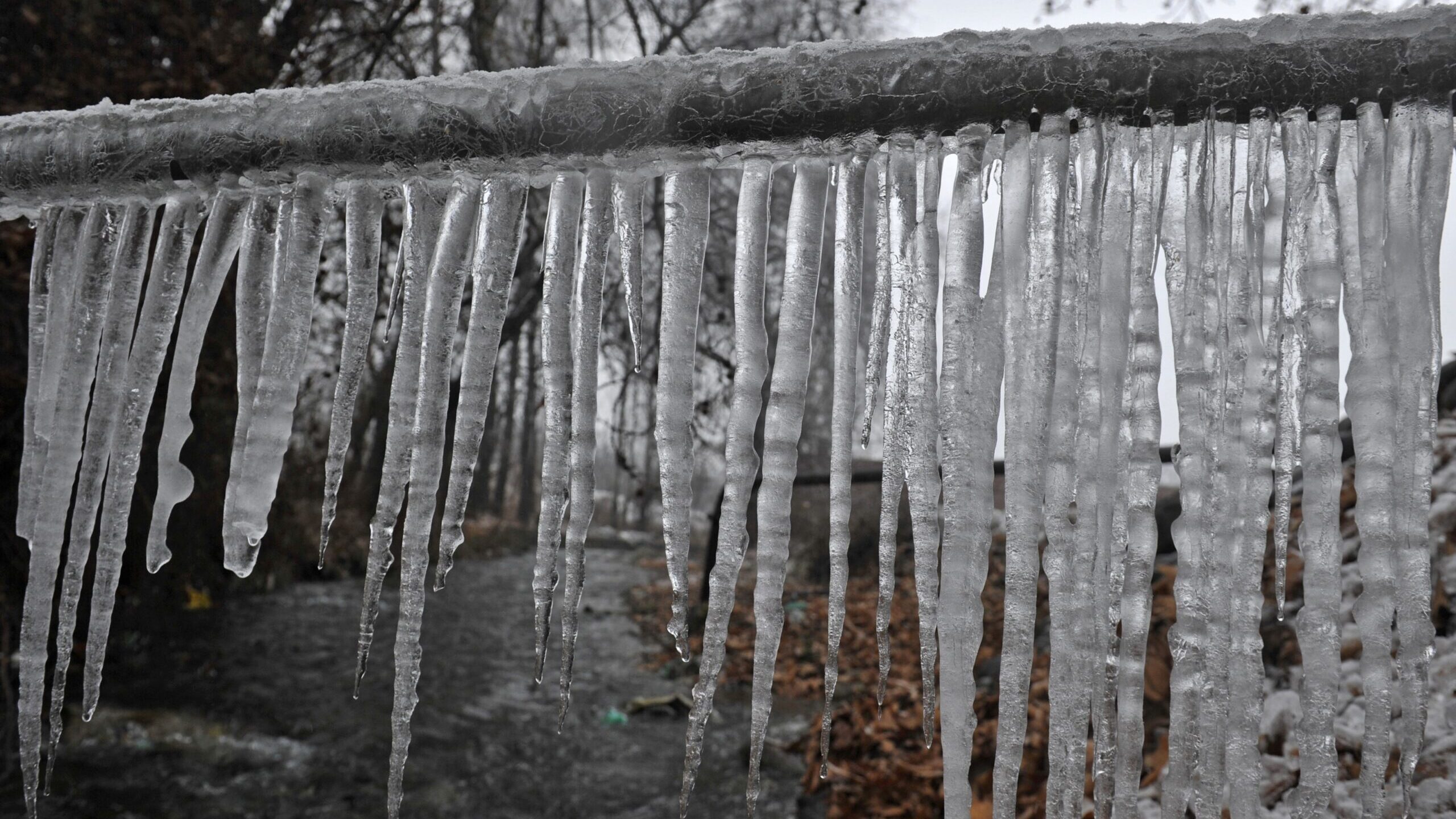How to Maintain Your Pipes from Freezing Damage: Important Guidance
How to Maintain Your Pipes from Freezing Damage: Important Guidance
Blog Article
Have you been trying to locate tips involving 6 Ways to Prevent Frozen Pipes?

Winter can wreak havoc on your plumbing, especially by freezing pipelines. Below's exactly how to stop it from happening and what to do if it does.
Intro
As temperature levels drop, the danger of icy pipes increases, possibly bring about costly repair work and water damages. Comprehending exactly how to stop icy pipelines is essential for house owners in chilly environments.
Recognizing Icy Pipelines
What triggers pipelines to freeze?
Pipes freeze when exposed to temperatures below 32 ° F (0 ° C) for expanded durations. As water inside the pipelines freezes, it expands, putting pressure on the pipeline wall surfaces and potentially causing them to burst.
Threats and problems
Frozen pipes can bring about water interruptions, residential property damage, and pricey repair services. Burst pipelines can flood homes and create comprehensive architectural damage.
Signs of Frozen Water Lines
Identifying frozen pipes early can prevent them from breaking.
How to determine icy pipes
Look for reduced water circulation from faucets, unusual odors or noises from pipes, and visible frost on revealed pipelines.
Prevention Tips
Protecting at risk pipelines
Wrap pipes in insulation sleeves or use heat tape to shield them from freezing temperature levels. Concentrate on pipes in unheated or exterior areas of the home.
Home heating methods
Keep indoor spaces sufficiently warmed, particularly locations with plumbing. Open closet doors to allow cozy air to flow around pipes under sinks.
Securing Exterior Plumbing
Yard tubes and outdoor faucets
Detach and drain pipes yard hoses before wintertime. Mount frost-proof faucets or cover exterior taps with protected caps.
What to Do If Your Pipes Freeze
Immediate actions to take
If you presume frozen pipes, keep faucets available to relieve pressure as the ice thaws. Utilize a hairdryer or towels soaked in hot water to thaw pipes gradually.
Long-Term Solutions
Structural modifications
Think about rerouting pipes far from outside walls or unheated areas. Include additional insulation to attics, cellars, and crawl spaces.
Updating insulation
Invest in top quality insulation for pipes, attic rooms, and walls. Correct insulation assists maintain regular temperatures and lowers the danger of icy pipes.
Verdict
Avoiding icy pipes needs proactive procedures and fast responses. By understanding the causes, indications, and safety nets, homeowners can secure their pipes during cold weather.
6 Proven Ways to Prevent Frozen Pipes and Protect Your Home
Disconnect and Drain Garden Hoses
Before winter arrives, start by disconnecting your garden hoses and draining any remaining water. Close the shut-off valves that supply outdoor hose bibs and leave the outdoor faucet open to allow any residual water to drain. For extra protection, consider using faucet covers throughout the colder months. It’s also important to drain water from any sprinkler supply lines following the manufacturer’s directions.
Insulate Exposed Pipes
Insulating your pipes is an effective way to prevent freezing. Pipe insulation is readily available at home improvement stores and is relatively inexpensive. Pay close attention to pipes in unheated areas such as the attic, basement, crawl spaces, or garage. Apply foam insulation generously to create a buffer against the cold. You can also wrap your pipes in heat tape or thermostat-controlled heat cables for added warmth.
Seal Air Leaks
Inspect your home for any cracks or openings that could let in cold air. Seal any holes around the piping in interior or exterior walls, as well as the sill plates where your home rests on its foundation. Additionally, make sure to keep your garage door closed unless you’re entering or exiting. Leaving it open creates a significant air leak that can lead to frozen pipes.
Allow Warm Air Circulation
During cold snaps, it’s essential to allow warm air to circulate evenly throughout your home. Leave interior doors ajar to promote better airflow. Open kitchen and bathroom cabinets to help distribute heat consistently around the rooms. If you have small children or pets, be sure to remove any household chemicals or potentially harmful cleaners from open cabinets for safety.
Let Faucets Drip
A small trickle of water can make a big difference in preventing ice formation inside your pipes. When temperatures drop significantly, start a drip of water from all faucets served by exposed pipes. This continuous flow helps prevent the water from freezing. Additionally, running a few faucets slightly can relieve pressure inside the pipes, reducing the chances of a rupture if the water inside does freeze.
https://choateshvac.com/6-proven-ways-to-prevent-frozen-pipes-and-protect-your-home/

I have been very enthusiastic about How to Prevent Your Pipes From Freezing and I'm hoping you enjoyed the entire post. Enjoyed reading our posting? Please quickly share it. Help someone else discover it. Thanks for your time. Come back soon.
Course Detail Report this page